Southwest Airlines: Best of the Worst
Airline stocks make terrible long-term investments, but the discounting pioneer has an edge over its rivals.
Soaring oil prices have forced the usually irrational airline industry into acting, well, rationally. Major airlines, such as Continental and United, have raised ticket prices and plan to shed staff, unprofitable routes and aircraft to cope with profit-draining fuel costs.
While this is bad news for travelers, the industry moves have some investors taking a closer look at airline stocks. Why? Because the bloodletting improves the financial strength of airlines, and because the stocks are trading near historic lows.
But one stock has held up remarkably well despite all the adversity: Shares of Southwest Airlines (symbol LUV), which closed June 11 at $13.43, are up 10% year to date and are off their 52-week high by a relatively modest 20%.
From just $107.88 $24.99 for Kiplinger Personal Finance
Become a smarter, better informed investor. Subscribe from just $107.88 $24.99, plus get up to 4 Special Issues

Sign up for Kiplinger’s Free Newsletters
Profit and prosper with the best of expert advice on investing, taxes, retirement, personal finance and more - straight to your e-mail.
Profit and prosper with the best of expert advice - straight to your e-mail.
By contrast, shares of UAL (UAUA), parent of United Air Lines, are 85% below their 52-week high and those of AMR (AMR), parent of American Airlines, are down 79% from their high. The Amex Airline Index, a benchmark of airline stocks, hit a new low of 17.37 on June 11. Before 2008, the index, which was created in 1992, hit its all-time low, at 25.95, in March 2003.
Airlines have a long track record of financial failure. Since 1947, the industry as a whole has racked up some $9 billion in net losses, according to the Air Transport Association, a trade group.
Airline stocks have disappointed investors for decades, too. That's partly because earnings are notoriously difficult to predict. Analysts have to account for business-travel spending, fuel-price spikes, labor disruptions, bankruptcies, accidents and the threat of terrorism.
Airlines are largely a commodity business with limited pricing power. As energy costs rise, they must generate more revenue to offset higher prices for jet fuel. "The primary path to higher revenue is fewer seats," says Raymond James analyst Duane Pfennigwerth. By cutting capacity, airlines can more easily boost ticket prices.
Most airlines are following Pfennigwerth's prescription. Cuts announced by American Airlines, Continental Airlines (CAL), Delta Air Lines (DAL) and United should reduce U.S. airline capacity by about 11% in the fourth quarter, he says. Southwest is only major airline planning to expand capacity this year, by a modest 1%.
Rising jet fuel costs have weighed heavily on airlines' expenses. Over the past year through June 6, jet fuel prices have risen 67%, according to the Air Transport Association. Every dollar increase per barrel of crude oil boosts U.S. airline fuel expenses by an additional $465 million, according to the trade group. Historically, fuel costs have ranged from 10% to 15% of U.S. passenger airline operating costs but are currently running at between 30% and 50%. Southwest's fuel costs run on the low end, accounting for about 30% of costs.
Southwest is the standout among the U.S. airlines because it knows how to hedge its bets. The Dallas-based airline has used derivatives to hedge the cost of more than 70% of its estimated fuel consumption for 2008 and 55% of its estimated costs for 2009 and is paying a price equivalent to $51 per barrel of crude oil. By contrast, other major airlines have hedged 30% or less of their estimated fuel needs this year. But Southwest's fuel advantage is not permanent. Once its hedges expire, it may lose some of its fuel-cost lead over competitors.
The pioneering low-cost carrier has some other points in its favor. Southwest has a stronger balance sheet than most of its competitors. And a highly productive workforce enables Southwest to fly more aircraft at a lower cost than its peers.
Analysts expect Southwest to earn 27 cents a share this year. The company, which has been profitable for 68 quarters in a row, is one of the few airlines that are expected to make money in 2008.
It's unquestionably difficult to make money in airline stocks. But if there's one that's worth taking a flier on, it's Southwest.
Profit and prosper with the best of Kiplinger's advice on investing, taxes, retirement, personal finance and much more. Delivered daily. Enter your email in the box and click Sign Me Up.
-
 Nasdaq Leads as Tech Stages Late-Week Comeback: Stock Market Today
Nasdaq Leads as Tech Stages Late-Week Comeback: Stock Market TodayOracle stock boosted the tech sector on Friday after the company became co-owner of TikTok's U.S. operations.
-
 Disney’s Risky Acceptance of AI Videos
Disney’s Risky Acceptance of AI VideosThe Kiplinger Letter Disney will let fans run wild with AI-generated videos of its top characters. The move highlights the uneasy partnership between AI companies and Hollywood.
-
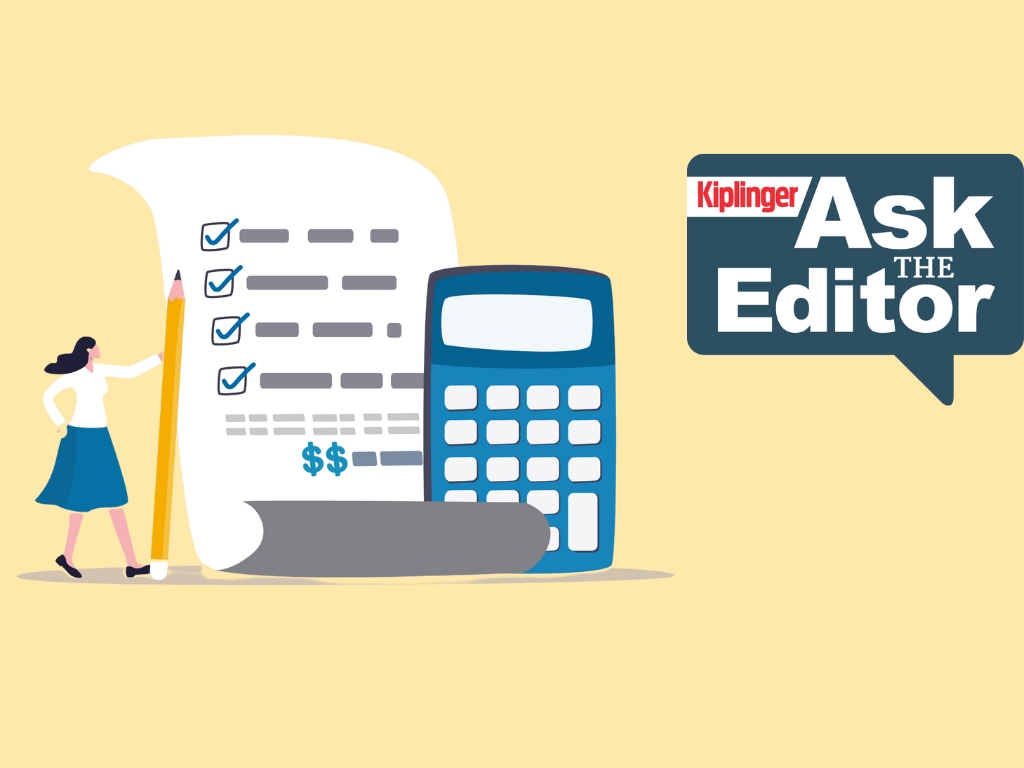 Ask the Editor: Itemized Deductions
Ask the Editor: Itemized DeductionsAsk the Editor In this week's Ask the Editor Q&A, Joy Taylor answers questions on itemized deductions claimed on Schedule A of Form 1040
-
 If You'd Put $1,000 Into Coca-Cola Stock 20 Years Ago, Here's What You'd Have Today
If You'd Put $1,000 Into Coca-Cola Stock 20 Years Ago, Here's What You'd Have TodayEven with its reliable dividend growth and generous stock buybacks, Coca-Cola has underperformed the broad market in the long term.
-
 If You Put $1,000 into Qualcomm Stock 20 Years Ago, Here's What You Would Have Today
If You Put $1,000 into Qualcomm Stock 20 Years Ago, Here's What You Would Have TodayQualcomm stock has been a big disappointment for truly long-term investors.
-
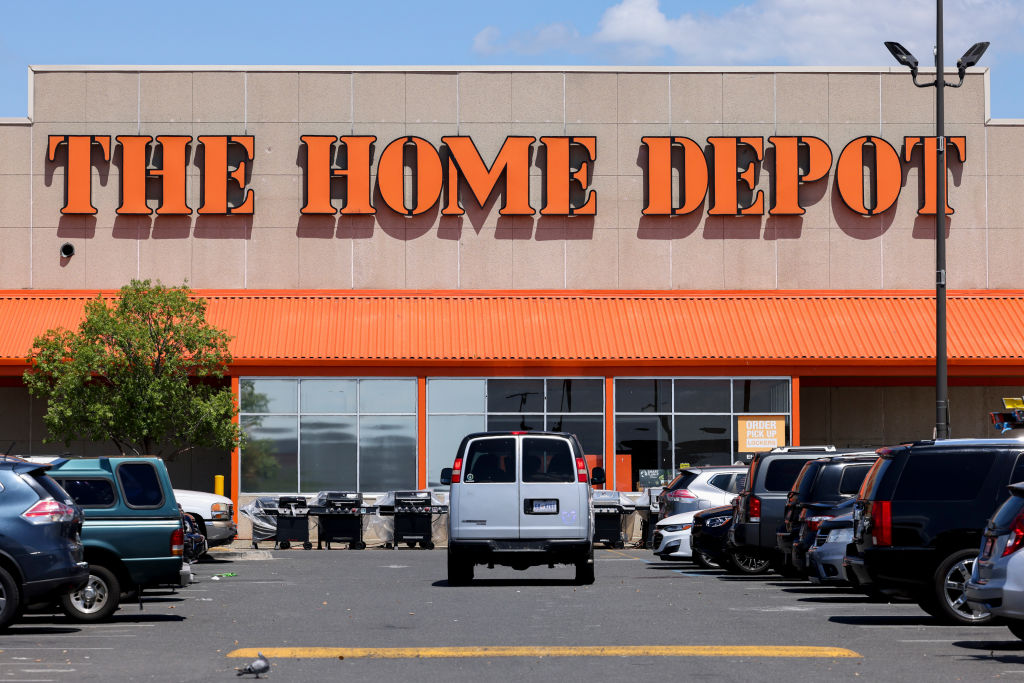 If You'd Put $1,000 Into Home Depot Stock 20 Years Ago, Here's What You'd Have Today
If You'd Put $1,000 Into Home Depot Stock 20 Years Ago, Here's What You'd Have TodayHome Depot stock has been a buy-and-hold banger for truly long-term investors.
-
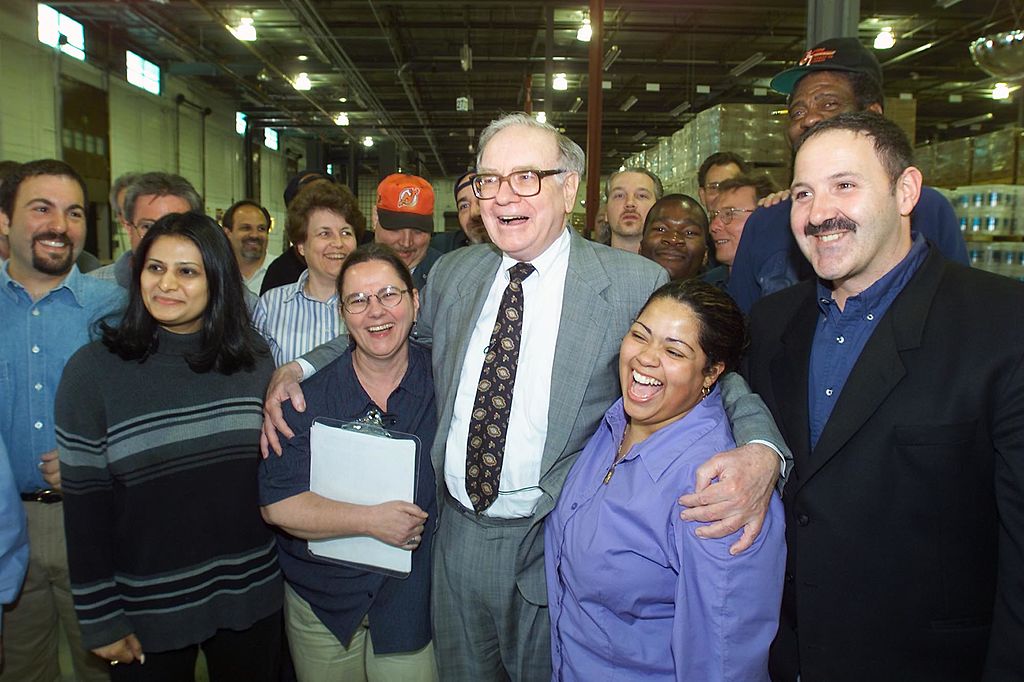 What the Rich Know About Investing That You Don't
What the Rich Know About Investing That You Don'tPeople like Warren Buffett become people like Warren Buffett by following basic rules and being disciplined. Here's how to accumulate real wealth.
-
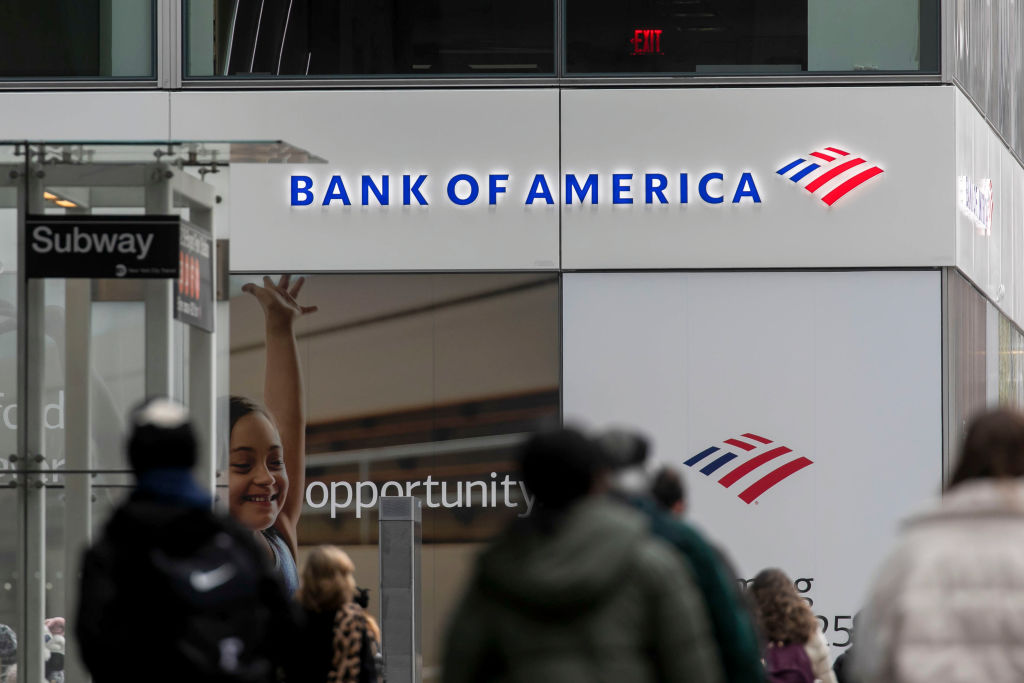 If You'd Put $1,000 Into Bank of America Stock 20 Years Ago, Here's What You'd Have Today
If You'd Put $1,000 Into Bank of America Stock 20 Years Ago, Here's What You'd Have TodayBank of America stock has been a massive buy-and-hold bust.
-

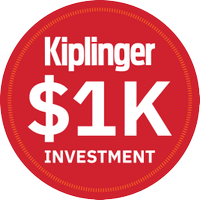 If You'd Put $1,000 Into Oracle Stock 20 Years Ago, Here's What You'd Have Today
If You'd Put $1,000 Into Oracle Stock 20 Years Ago, Here's What You'd Have TodayORCL Oracle stock has been an outstanding buy-and-hold bet for decades.
-
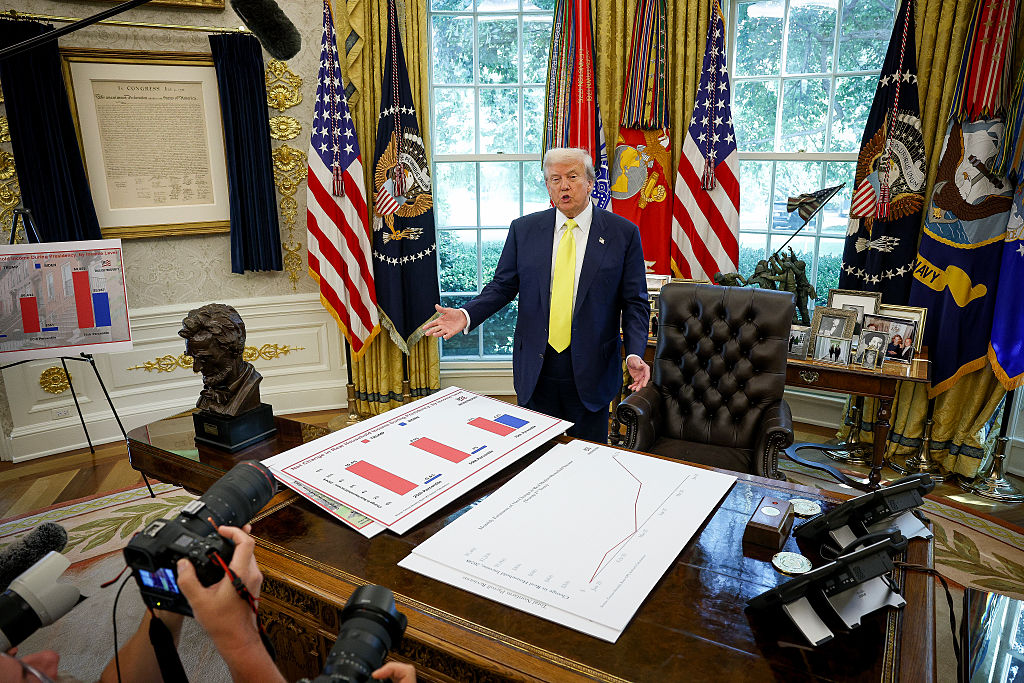 How to Invest for Rising Data Integrity Risk
How to Invest for Rising Data Integrity RiskAmid a broad assault on venerable institutions, President Trump has targeted agencies responsible for data critical to markets. How should investors respond?
-
 If You'd Put $1,000 Into Sherwin-Williams Stock 20 Years Ago, Here's What You'd Have Today
If You'd Put $1,000 Into Sherwin-Williams Stock 20 Years Ago, Here's What You'd Have TodaySherwin-Williams stock has clobbered the broader market by a wide margin for a long time.